Welcome to “Product Strategy: How To Build and Examples In 2023”??. This article is your roadmap to creating a powerful product strategy – the lifeline of any successful product. Here, we’ll unravel the fabric of product strategy and how it can steer your product to unprecedented heights. We will:
- Dive into the nuts and bolts of crafting a product strategy
- Illuminate with compelling examples from diverse industries
- Provide actionable insights and best practices

We’ll examine how a sustainable fashion brand is trailblazing with its innovative strategy. Discover how Plerdy UX & CRO analysis is revolutionizing how we assess and optimize our strategies. By the time you reach the end of this enlightening journey, you’ll be armed with the tools and insights needed to sculpt your winning product strategy. So buckle up – let’s launch into the realm of product strategy and explore its transformative potential.
What Is A Product Strategy?
A product strategy is a tactical roadmap for a product’s life cycle – from conception to launch. It maps out the path a product takes to meet key business objectives. Your strategy should include the following:
- Defining your product’s purpose
- Targeting your niche market
- Outlining a clear, unique value proposition
Let’s illustrate this with an example. Picture a company crafting an eco-friendly toothbrush. However, their product strategy zeroes in on the eco-conscious market niche. The product’s goal is not merely about cleaning teeth. Instead, it’s to provide an environmentally-responsible alternative to traditional, non-biodegradable toothbrushes. The unique value proposition? An innovative design that merges functionality with sustainability, placing the brand as a pioneer in the green movement.
Emphasize the specifics in your strategy. A well-defined, customer-focused product strategy becomes your compass – steering your product decisions and enabling you to forge a distinctive path in the marketplace. Remember, your roadmap to success guides every stage of your product’s journey.
Why Is Product Strategy Important?
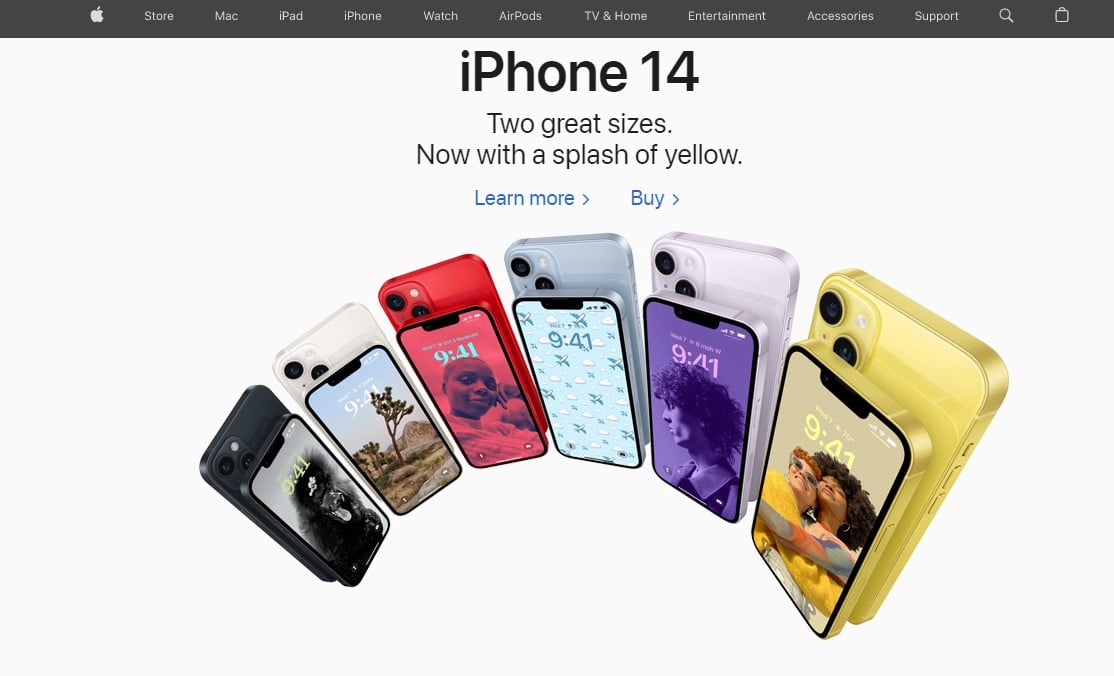
Product strategy proves critical to your business because it provides a clear direction and framework for your product development process. This clarity is invaluable – it keeps your team focused, aligned, and reduces wasted resources on non-essential tasks. Here’s why it matters:
- Gives a clear, defined path for product development
- Aligns your team with your product’s vision and purpose
- Optimizes resource allocation and reduces wastage
Consider a company creating a gourmet vegan cheese – targeting a niche of discerning, health-conscious foodies. Their goal? Deliver an artisanal product with a tantalizing flavor profile and unmatched nutritional value. The product strategy sets the course – from perfecting the recipe to marketing to this niche. Without a strategic approach, the team might veer off course, diluting their efforts on non-essential tasks and losing sight of their goal.
In short, a robust product strategy aligns your team, streamlines your process, and ultimately leads to a product that resonates with your target audience.
Elements Of Product Strategy

A solid product strategy should incorporate these crucial elements:
- Clear vision and purpose of the product
- Understanding of the target market
- Unique Value Proposition
Let’s delve into the boutique fitness industry to understand better. Suppose there’s a company that plans to launch a high-tech yoga mat. The vision? Encourage a healthier lifestyle through an engaging and intuitive fitness experience. Their target market is tech-savvy yoga enthusiasts searching for a more interactive workout. The product’s unique value proposition lies in its smart features – the mat syncs with an app to provide real-time feedback on poses and breathing techniques.
Every aspect of this strategy – from vision to value proposition – aligns perfectly with the company’s goal of delivering a superior fitness experience. In addition, it ensures that the product meets market needs and stands out in the competitive landscape. Thus, these elements of product strategy serve as the stepping stones to a successful product launch and sustained market performance.
Goals Of Product Strategy
![]()
The goals of a product strategy are multi-layered, aiming to:
- Offer a unique solution to meet market needs
- Achieve a competitive edge
- Align the product with the business’s broader objectives
Imagine a firm building a state-of-the-art e-bike catering to urban commuters seeking a sustainable alternative to conventional transport. The goal of their product strategy isn’t merely to produce a functional e-bike – it’s to revolutionize urban commuting with a sustainable, efficient, and user-friendly option. This e-bike is not just a product; it’s a statement against pollution, congestion, and unsustainable transport practices. Moreover, it underscores the company’s commitment to promoting a green lifestyle – reinforcing its brand identity.
Therefore, crafting a compelling product strategy is more than just shaping a product. Instead, it’s about envisioning a future – where your product makes a difference, carves out a market niche, and elevates your brand. This is the essence of a product strategy, translating vision into reality.
4 Types Of Product Strategy

Crafting a product strategy can take various forms, each with its unique goal and focus. Four predominant types include:
- Differentiation Product Strategy
- Cost Leadership Product Strategy
- Focus Product Strategy
- Innovation Product Strategy
For instance, a company creating artisanal chocolate could employ a differentiation strategy. They might offer unique flavors – think lavender-infused dark chocolate or sea salt caramel truffles. Their goal is to stand out from the crowd with these distinctive offerings.
On the flip side, a firm could adopt a cost leadership product strategy, as in the case of a company manufacturing budget-friendly home essentials. They aim to dominate the market by offering functional and cost-effective solutions, thus providing value for the cost-conscious consumer.
Alternatively, a brand could use a focus product strategy – like a fashion brand launching a clothing line exclusively for petite women, addressing a specific segment’s needs.
Finally, an innovative product strategy could be at the heart of a tech startup developing a cutting-edge wearable health device. Their goal is to revolutionize personal health monitoring, highlighting their innovative prowess.
Each of these strategies provides a unique avenue to align the product with specific market needs and company objectives – paving the way for a product that resonates with the target audience.
1. Understanding Product Strategy

An efficient product strategy acts as a road map for your company, pointing you toward a successful product that is well-received by the demographic you are attempting to reach. This crucial blueprint outlines what your product will achieve and explains the reasoning behind its design and development. Let’s consider a niche example – artisanal coffee roasters. Their product strategy might revolve around sourcing unique, ethically-grown coffee beans, roasting them to perfection, and marketing them to specialty coffee shops.
| Artisanal Coffee Roasters | |
| Product | Ethically-grown, unique coffee beans |
| Strategy | Sourcing, roasting, and marketing to specialty coffee shops |
In this case, their strategy revolves around the coffee product and how it’s brought to their customer base. The plan doesn’t stop at procuring and roasting the beans. Instead, it extends to creating engaging narratives around their product, building relationships with suppliers and customers, and constantly seeking ways to enhance the coffee-drinking experience. Artisanal roasters can stand their ground in a competitive market and carve out a loyal, niche customer base by fully grasping their product strategy. This approach is a sterling example of how a well-executed product strategy can create a substantial impact, irrespective of the business size or industry.
2. Know Your Market
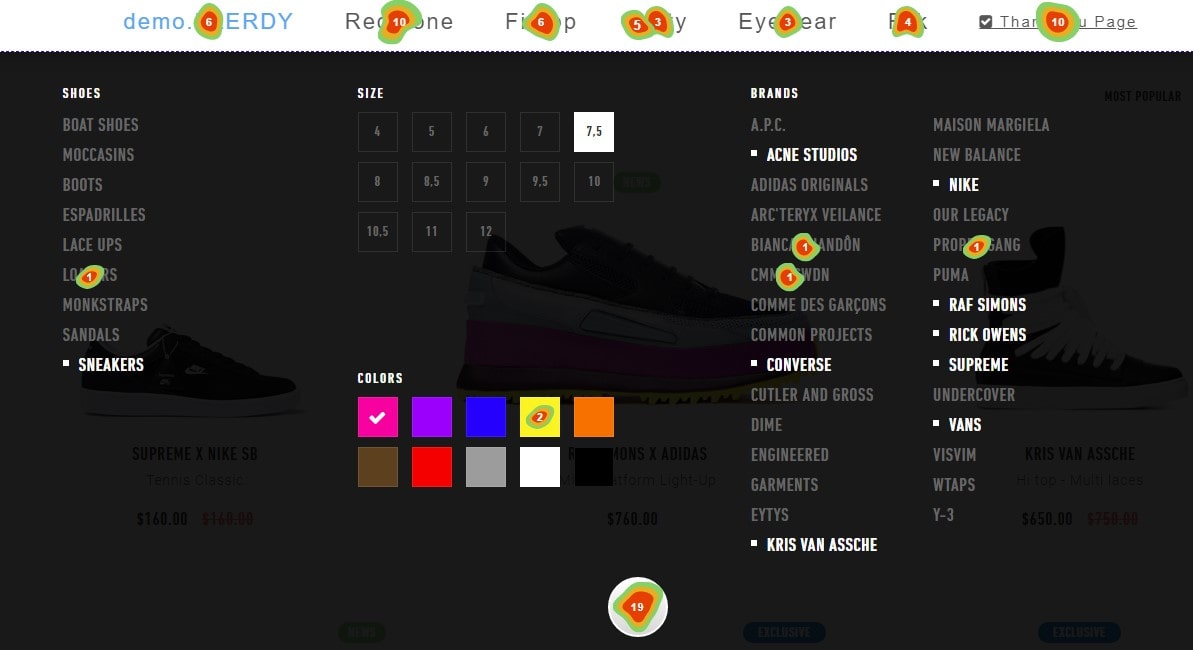
In product strategy, gaining a deep understanding of your market is a non-negotiable step. It’s akin to setting off on a journey equipped with a detailed map. Your market comprehension sheds light on your customer’s desires, behaviors, and pain points, enabling you to craft a product that hits the mark.
Imagine you’re a startup specializing in eco-friendly household products. The “green” market is your arena, populated by environmentally-conscious consumers prioritizing sustainability.
| Eco-friendly Household Products | |
| Market | Environmentally-conscious consumers |
| Strategy | Developing sustainable, green products |
Your strategy hinges on developing products that align with your market’s values – sustainability and eco-friendliness. You invest in biodegradable materials, maintain ethical sourcing practices, and ensure your supply chain leaves a minimal carbon footprint.
Keeping your finger on the pulse of your market is vital. It allows you to respond to consumer behavior and preferences shifts, ensuring your product strategy stays in sync with your market. This approach, centered on knowing your market, paves the way for product success, underlining its crucial role in your overall product strategy.
3. Conduct a Competitive Analysis
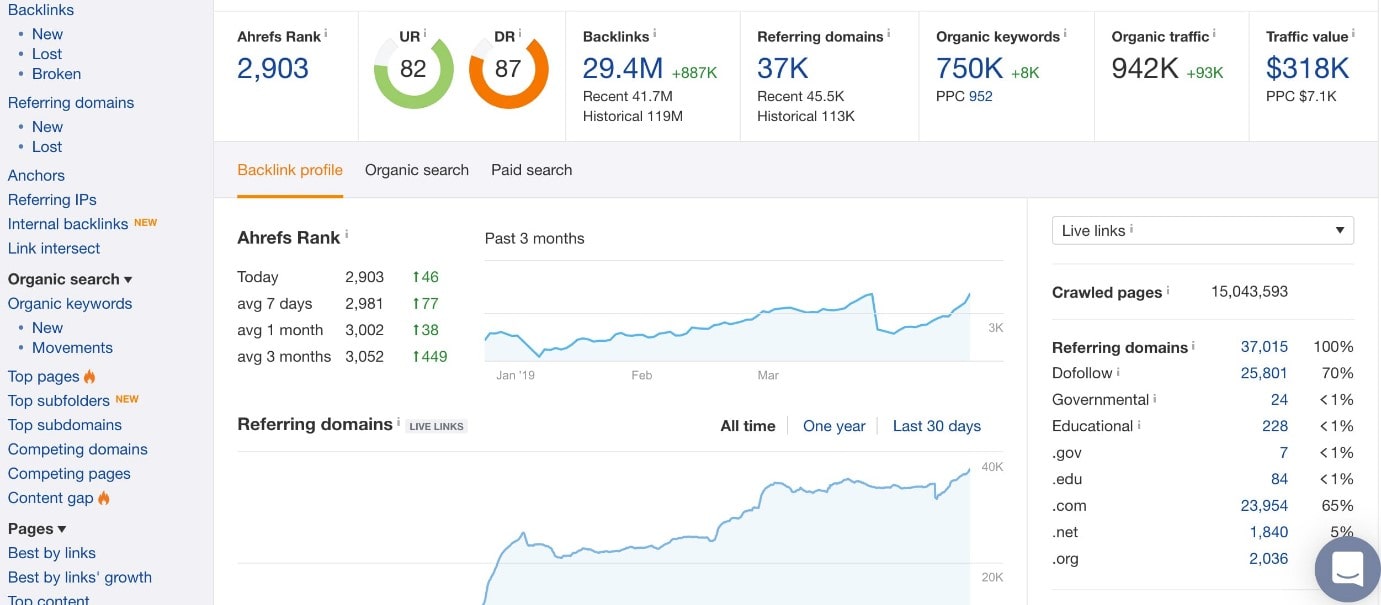
Conducting a competitive analysis is critical in shaping your product strategy. It’s the equivalent of peering into your rival’s playbook, providing you with insights into their tactics, strengths, and weaknesses. This knowledge equips you to craft a product strategy that outperforms the competition.
For example, suppose you’re a burgeoning online fitness platform competing in an already bustling digital wellness market. To sharpen your edge, you embark on a thorough competitive analysis. Here’s what you might uncover:
- Competitor A has a strong reputation for high-quality video content but needs a robust community engagement platform.
- Competitor B excels in customer engagement, but its limited content library needs more diversity.
- Competitor C offers an extensive content library and community features, but its steep pricing makes it inaccessible to many potential users.
Drawing on these insights, you can shape your product strategy to address the gaps and opportunities you’ve identified. For example, you might focus on creating high-quality fitness content, fostering an active and supportive community, and offering competitive pricing. This comprehensive approach, fueled by your competitive analysis, ensures your product strategy is equipped to take on the market, paving the way for your product’s success and longevity.
4. Define Your Product Vision

Your product vision serves as the guiding star for your product strategy. The big picture shapes your team’s work and steers your product’s trajectory. This vision encapsulates your product’s purpose, the change it aims to bring, and its ultimate goal.
Consider a company that designs smart urban gardening systems. The product vision might be to make home gardening accessible and enjoyable, even in the heart of a bustling city. This grand vision guides their product strategy, shaping each decision and action. This company is more than just selling gardening systems in setting its product vision. They’re selling the joy of nurturing life, the thrill of seeing a seed sprout and grow, and the satisfaction of harvesting your herbs or vegetables. They lay the groundwork for a robust, focused, and impactful product strategy by defining a clear, compelling product vision.
5. Establish Clear Goals

Establishing measurable goals is essential in creating a robust product strategy. It’s like setting up signposts on a trail – they guide your journey, keep you on track, and signal when you’ve reached your destination.
Take, for instance, a budding app development company aiming to revolutionize the mobile gaming industry. Here’s how they might establish their goals:
- First, drive 100,000 app downloads in the first six months of launch.
- Second, secure a 4.5+ star rating on the App Store and Google Play within a year.
- Third, increase monthly active users by 20% quarter over quarter in the first year.
- Finally, monetize 10% of the user base through in-app purchases within 18 months.
These well-defined goals serve multiple purposes. They provide a clear direction for the company’s product strategy, offer a yardstick to measure progress and rally the team around shared objectives. The company can steer its product strategy toward tangible success by setting these ambitious yet attainable goals.
Clear goal-setting isn’t an option in product strategy – it’s a fundamental requirement. It keeps the team aligned, the strategy focused and paves the way for measurable progress toward your product vision.
6. Differentiate Your Product

In the world of product strategy, differentiation is the key to unlocking a market saturated with competition. It’s akin to a beacon that sets your product apart in a sea of sameness, drawing in the right customers.
Consider a startup developing a language learning app in a market flooded with similar offerings. To differentiate their product, they might focus on the following:
- Incorporating culture-based learning: By integrating cultural nuances and context into the learning process, they offer a more immersive and enriching experience.
- Catering to niche languages: While most apps focus on popular languages, catering to less commonly taught languages can attract a unique subset of learners.
- Leveraging AI for personalized learning: Using AI to adapt the learning process to each user’s pace and proficiency level can enhance their learning experience and outcomes.
These differentiators don’t just set their product apart; they also align with the needs and preferences of their target audience. For example, learners seeking a holistic, culturally-rich language learning experience or those interested in less commonly taught languages are more likely to gravitate toward their website.
Differentiation, thus, isn’t about being different for the sake of it. Instead, it’s about understanding what makes your product uniquely valuable to your customers and embedding that into your product strategy.
7. Choose the Right Template

Choosing the right template is akin to selecting the perfect blueprint for your product strategy. It can streamline your workflow, bring structure to your thoughts, and ensure you cover all bases. But with an array of templates available, the right choice hinges on your specific needs and circumstances.
Let’s take the example of a SaaS startup planning to launch a project management tool. When choosing their product strategy template, they might consider the following:
- User Persona Templates: To map out their ideal customers, understand their needs, and tailor their products accordingly.
- Product Roadmap Templates: To chart the course of their product development, align the team, and communicate the plan to stakeholders.
- Competitor Analysis Templates: To assess their competitive landscape, identify opportunities, and carve out a unique space in the market.
- SWOT Analysis Templates: To uncover their product’s strengths, weaknesses, opportunities, and threats and use this information to shape their strategy.
The right template acts as a compass guiding the product’s journey from concept to launch and beyond. It ensures the strategy is comprehensive, focused, and aligned with the startup’s goals. Ultimately, selecting the perfect template is a product strategic decision, shaping the foundation of a successful product strategy.
8. Case Studies: Product Strategy Examples in 2023

Case studies in 2023 illustrate how flexible, innovative product strategies can propel businesses to new levels of success. Let’s dive into a few noteworthy examples that have stirred the market in the past year.
- EcoTech: A trailblazer in green technology, EcoTech redefined its product strategy to meet the rising demand for sustainable solutions. Its product strategy involved nurturing a culture of innovation, relentlessly pursuing eco-friendly practices and addressing pain points for eco-conscious consumers. The results? A significant boost in market share and robust brand loyalty.
- HealthFirst: In the health and wellness industry, HealthFirst stood out by tailoring its product line to the pandemic-induced shift towards home workouts. They leveraged customer insights, incorporated user feedback into product development, and prioritized quality and usability. The payoff was an impressive surge in sales.
- SmartCook: In the competitive field of home appliances, SmartCook introduced AI-driven kitchen gadgets. They spotted a gap in the market for tech-savvy cooks, created a unique value proposition, and executed it flawlessly with a well-defined product strategy. The outcome was a record-breaking launch.
These case studies demonstrate the power of product strategy. In any industry, success depends on researching the market, finding possibilities, and implementing a plan that resonates with your target audience.
9. Learn from Real-world Examples

Drawing insights from real-world examples can fast-track your journey to a winning product strategy. So let’s peel back the layers on examples that demonstrate this idea effectively.
- GreenTech: This start-up in the clean energy space hit the bullseye with its product strategy. They leaned into the growing demand for renewable solutions, creating products that answered their customers’ practical needs and eco-conscious values. This product strategic move was met with a surge in sales and stellar customer reviews.
- WellbeingPro: In the wellness sector, WellbeingPro stole the spotlight. Spotting the trend for holistic health, they developed a product line that fused fitness with mindfulness. This two-pronged approach catered to the market’s hunger for comprehensive wellness solutions, leading to a remarkable uptick in brand recognition and market share.
- TechGuru: In the tech industry, TechGuru’s innovation was key. Recognizing the appetite for AI-driven solutions, they rolled out a suite of smart products that simplified tasks and offered unrivaled user experiences. This product strategic pivot catapulted them to the forefront of their niche.
These examples demonstrate how real-world examples may inform your product strategy, helping you stand out in your sector and connect with your audience.
10. Adapt to Market Changes
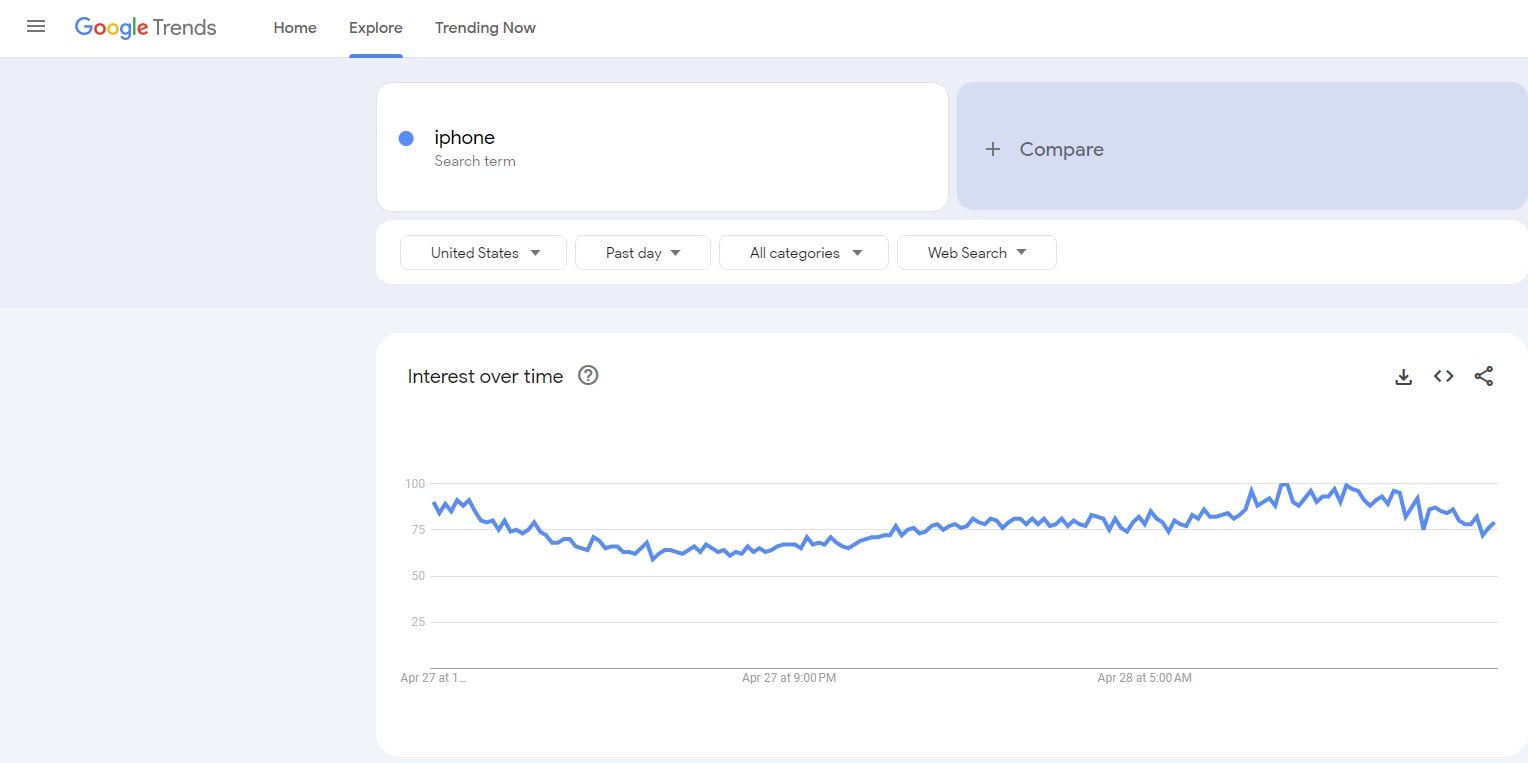
Adapting to market changes is critical to a resilient product strategy in the business arena. Swift and strategic responses can turn market shifts into opportunities for growth. Here are some compelling examples of how businesses have successfully adapted their products to changing market conditions:
- EcoBoost: When the sustainability wave swept across markets, EcoBoost, a prominent player in the home appliances industry, deftly transitioned its product line. They introduced energy-efficient appliances that captured the growing eco-conscious consumer base, pushing their brand to the forefront of the green revolution.
- HealthyHabits: In the food industry, HealthyHabits seized the moment when wellness trends started to gain momentum. They pivoted their product range to include health-focused, organic options, winning the hearts of health-conscious consumers and gaining a sizeable market share.
- DigitalSolutions: As digital transformation took industries by storm, DigitalSolutions, a software company, sprang into action. They shifted from generic software to tailor-made, industry-specific solutions, catering perfectly to the growing demand for personalized digital tools.
These successful adaptations demonstrate that an agile product strategy that embraces market changes rather than resists them can fuel business growth, enhance brand reputation, and lead to a strong market position.
11. Leverage Technology
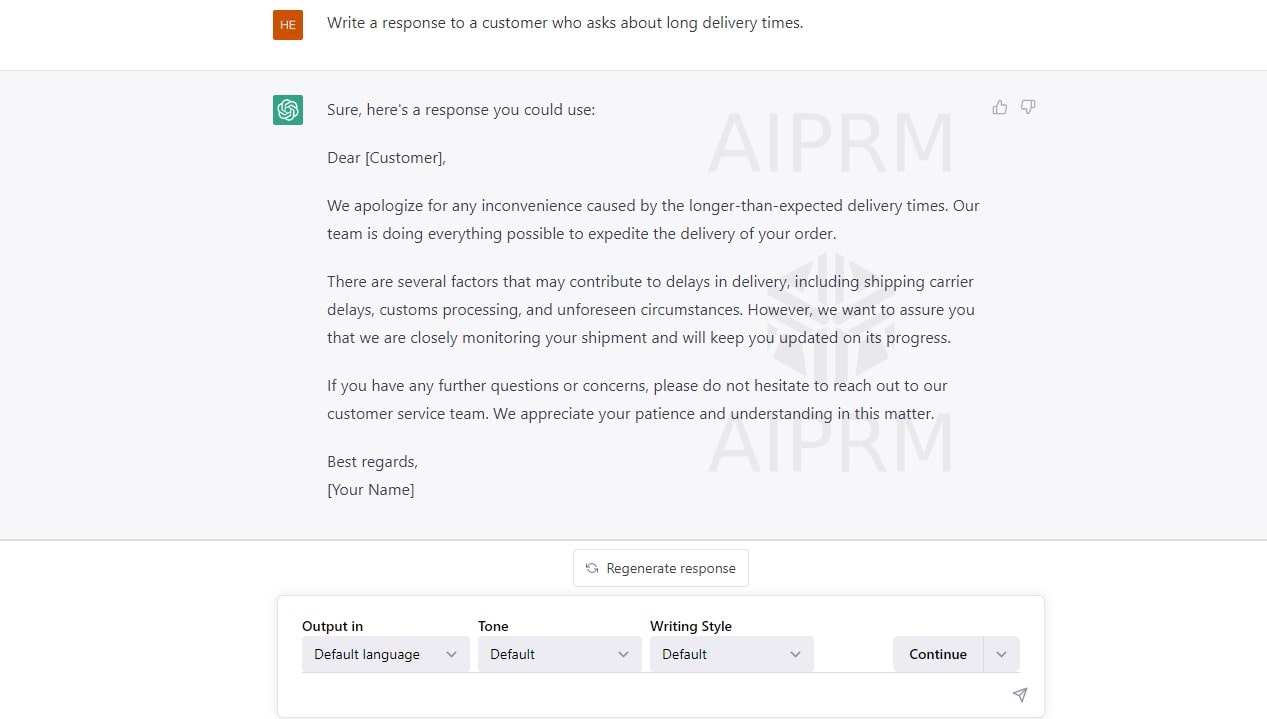
Embracing technology is a powerful strategy to bolster product performance and reach. Integrating cutting-edge tools and platforms can enhance customer engagement, streamline operations, and provide a competitive edge. Below are a few examples of how businesses can leverage technology to boost their product strategies:
- SmartAutomations: By integrating Artificial Intelligence into its product line, SmartAutomations, a home automation company, transformed its customer experience. They offered intelligent, self-learning systems that anticipated customer needs – an innovation that sparked a significant market interest.
- FitnTech: FitnTech harnessed wearable technology in the fitness sector, integrating it into its product portfolio. Because their fitness trackers could record data in real-time, they quickly rose to the forefront of the fitness technology sector.
- AgriTechCo: AgriTechCo, an agricultural firm, adopted drone technology to optimize its product offering. Using drones for crop monitoring could provide farmers with precise data, enhancing yield and productivity.
These instances illustrate how technology can serve as a valuable tool in shaping product strategies. Companies that tap into tech trends and incorporate them into their products can set themselves apart, achieving remarkable success in today’s digital-dominated market landscape.
12. Avoid Common Mistakes

A strong product strategy requires understanding potential pitfalls to sidestep. But unfortunately, companies often stumble due to errors that, while common, can be easily averted. Here are a few examples of such mistakes and how businesses can dodge them:
- Insufficient Market Research: TechStart, a budding tech firm, launched a highly advanced product without conducting market research. Their high-tech gadget needed simpler for their target audience, leading to lackluster sales. The lesson is always to match your product to your market’s needs.
- Ignoring Feedback: ClothingBrand, a fashion company, should have considered customer feedback in its strategy, leading to a product line that failed to resonate with its audience. The takeaway – incorporate customer feedback into your product development to ensure your offerings meet their expectations.
- Poor Communication: BioHealth, a healthcare company, developed a groundbreaking product but needed help communicating its benefits. The consequence – a significant drop in potential sales. The remedy – ensure your marketing communications are clear, concise, and compelling.
Sidestepping these common mistakes can pave the way for a robust product strategy. By learning from these examples, businesses can streamline their approach, ensuring their product strategies are robust, effective, and tailored to their target market’s needs.
13. Regularly Review and Update Your Strategy

A product strategy isn’t a set-and-forget deal – it’s a living, breathing document that needs regular review and updates. Like a ship sailing on the changing tides of the market, it needs constant course corrections to reach its destination.
Let’s consider a niche example. FreshFoods, a health food company, began with a product strategy focusing solely on raw, organic foods. Over time, however, they noticed a growing market trend towards ready-to-eat healthy meals. Acting swiftly, they reviewed and updated their product strategy, introducing a line of healthy, prepared meals. This move allowed them to capture a new market segment and boosted their bottom line.
Here are a few indicators that it’s time to revisit your product strategy:
- Shifting market trends: If customer preferences evolve, so should your strategy.
- New competitors: An influx of new players in your space might necessitate a strategic pivot.
- Technological advancements: Embrace innovations that enhance your product or its delivery.
Remember, a rigid strategy is like a brittle branch – it breaks under pressure. In contrast, a flexible strategy evolves with the market – like a sapling that bends with the wind, standing tall despite the storm. So keep reviewing, keep updating, and keep your product strategy resilient and relevant.
14. Encourage Team Collaboration

Crafting a stellar product strategy requires more than a single genius—it takes a village. A diverse team, each member pooling their unique insights, can build a robust, resilient strategy reflective of the market’s complexity.
Let’s delve into a niche example. InnovAid, a tech startup, wanted to redefine its product strategy for its healthcare app. So rather than the CEO and product manager hashing it out, they roped in voices from across their organization—developers, UX designers, customer service representatives, and even their office manager. Each brought a unique perspective, enriching the strategy and driving a more holistic, informed approach.
A collaborative product strategy formulation process might include:
- Brainstorming sessions: Generate diverse ideas and solutions.
- Cross-functional teams: Combine varied skills and perspectives.
- Open communication channels: Foster transparency and synergy.
Ultimately, InnovAid developed a comprehensive product strategy that addressed user experience, functionality, and market positioning while accounting for potential operational and customer service challenges. Their collaborative approach built a strong strategy and fostered a sense of ownership among team members, boosting morale and commitment to the product’s success. Embrace team collaboration—it’s a catalyst for product strategy excellence.
Bottom Line
In wrapping up “Product Strategy: How To Build and Examples In 2023”, we’ve traversed the landscape of product strategy, weaving through the steps of crafting it, enriched it with examples, and elucidated its integral goals. Recognizing the value of a well-founded product strategy, you’re equipped with the tools to rise to any strategic challenge.
Unearthing the amplitude of possibilities, we delved into distinct strategies – from customer-centric to cost-based models, demonstrating the diversity in approach. For instance, implementing Plerdy’s UX & CRO analysis can offer rich insights and pinpoint areas for refinement in your strategy, adding a feather to your cap as a product manager.
As you’ve journeyed through this article, you’ve expanded your strategic arsenal. Now, it’s your turn to apply this learning to scale your product’s program. As you edit your strategy, remember to keep your goals clear and constantly test and refine.
Take the lead, and harness the power of knowledge you’ve received. Be the catalyst of your product’s success, creating ripples in your industry’s ocean. Don’t forget – with tools like Plerdy’s suite, you’re never alone on this voyage.
? Ready to rocket your product to new frontiers? Try Plerdy’s tools, free for 14 days. Dive into the superior UX & CRO analysis world – embark on your product strategy journey today. ?
